Lucien Clergue
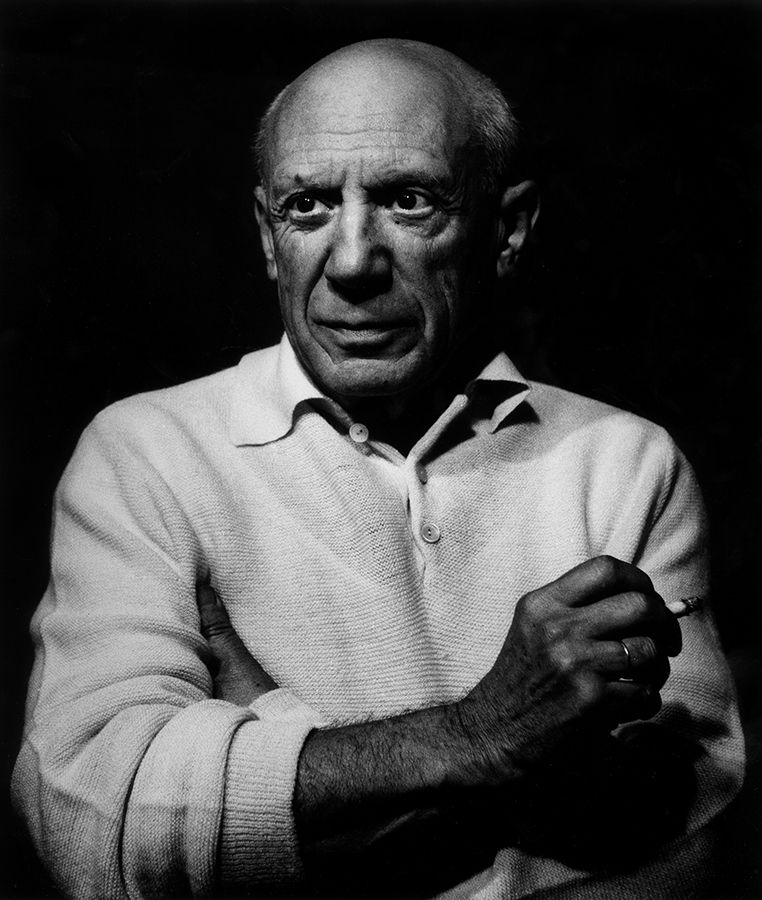
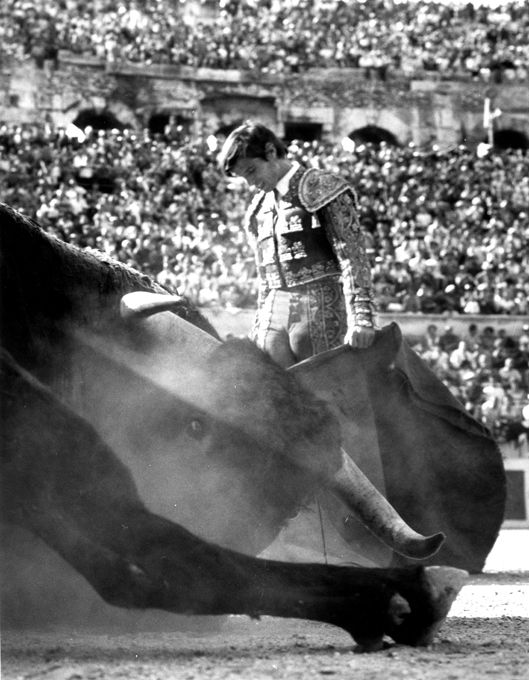
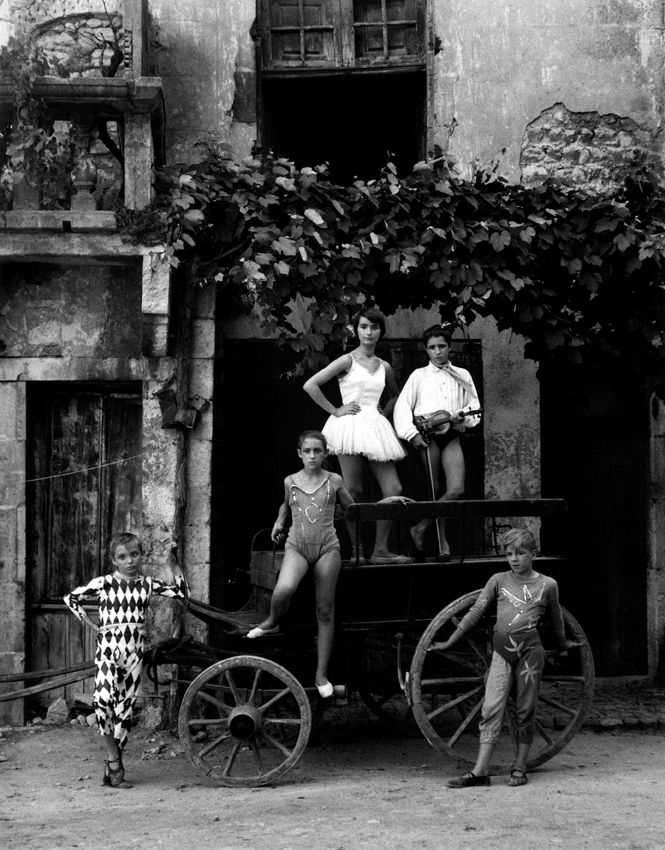
Selected Works

Lucien Clergue
Picasso à la cigarette III, 1956,
tiré en 2007
Tirage argentique sur papier baryté
contrecollé sur aluminium annoté par l'artiste
100 x 80 cm
Réf. 280/53
Signé et numéroté de l'édition de 8 + 2 EA

Lucien Clergue
El cordobes de descabello, Nîmes 1965
Tirage gélatino-argentique annoté par l'artiste
120 x 80 cm
Réf. 809
Signé et numéroté au dos

Lucien Clergue
Arlequins à la charrette, Arles 1955
Tirage gélatino-argentique annoté au dos par l'artiste
Réf. ARQ1
Exemplaire numéroté au dos

Lucien Clergue
Les Géantes, Camargue, 1978
Tirage gélatino-argentique annoté au dos par l'artiste
120 x 80 cm
Réf. 78051/19
Signé et numéroté au dos

Lucien Clergue
Jean Cocteau dessinant son portrait,
La Victorine, Nice 1959
Tirage gélatino-argentique annoté au dos par l'artiste
Signé et numéroté au dos
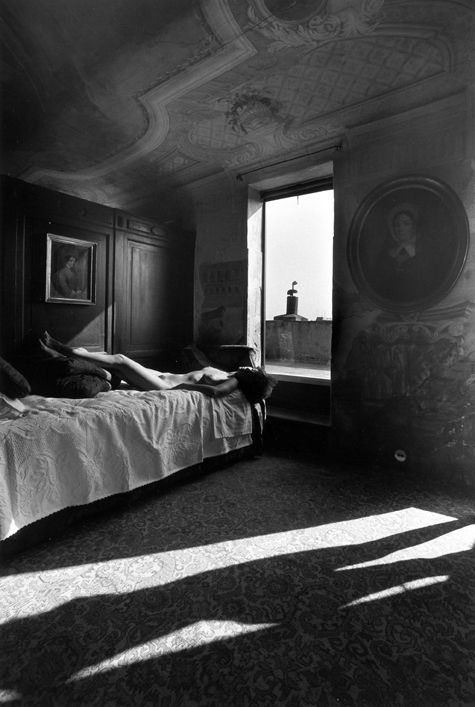
Lucien Clergue
Deux nus dans la chambre du Palais à Venise, 1979
Tirage gélatino-argentique annoté au dos par l'artiste
120 x 80 cm
Réf. 79067/34
Signé,incliné et daté au dos d'un tirage
8 exemplaires + 2 EA
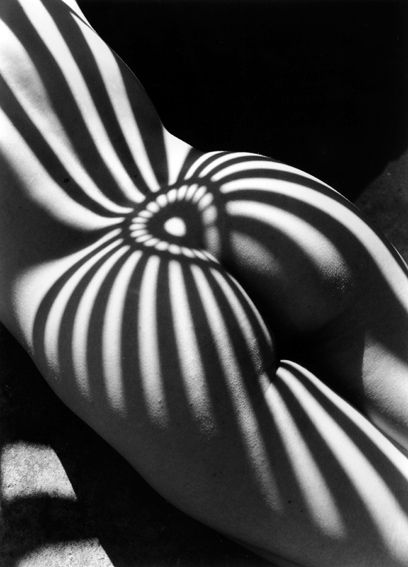
Lucien Clergue
Habillé de Lumière, 2002
Tirage gélatino-argentique
annoté au dos par l'artiste
120 x 80 cm
Réf. 2004/33
Signé et numéroté
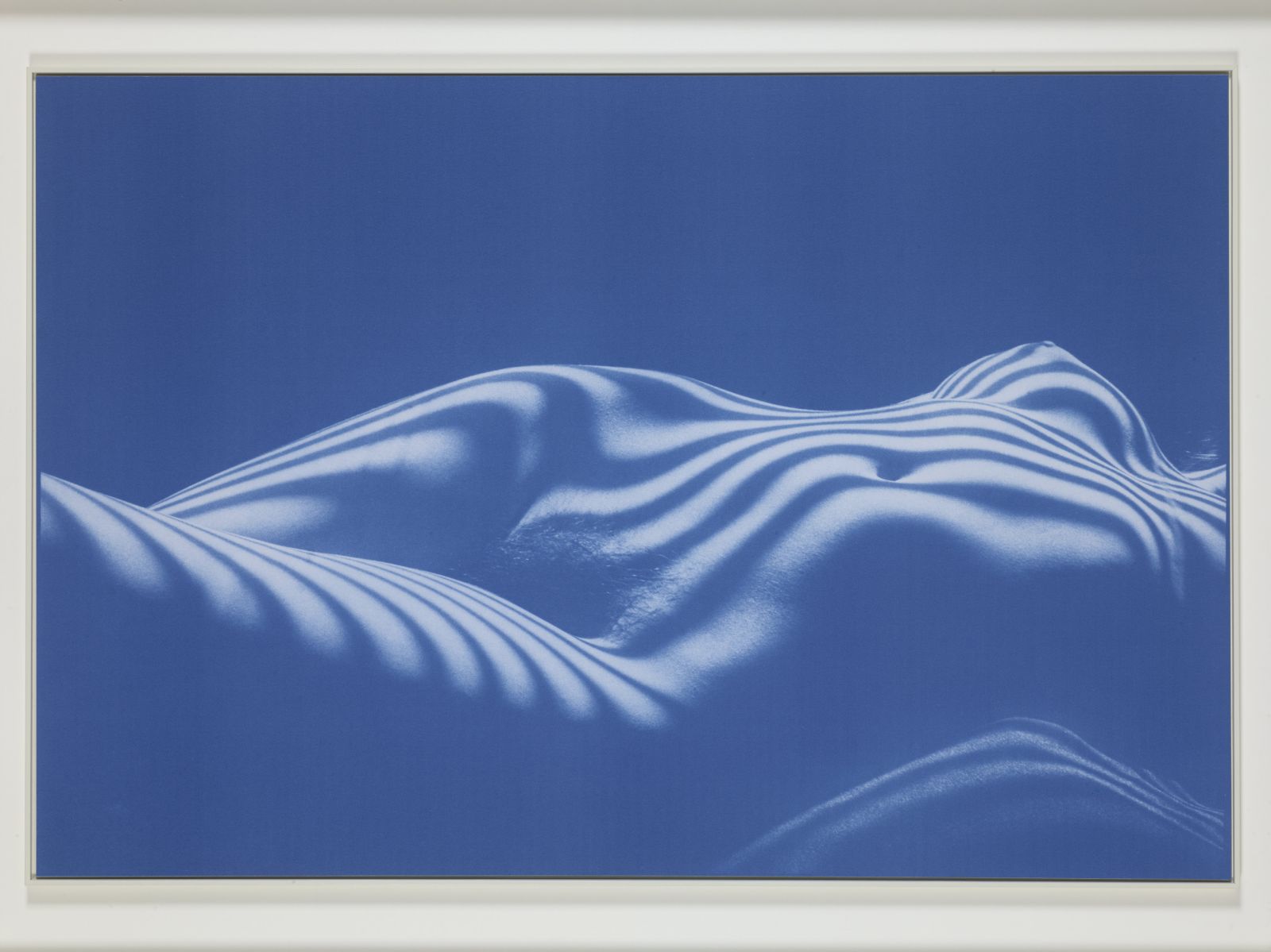
Lucien Clergue
Nu zébré
Tirage Fresson (bleu), 2013
83 x 56 cm
Signé et numéroté
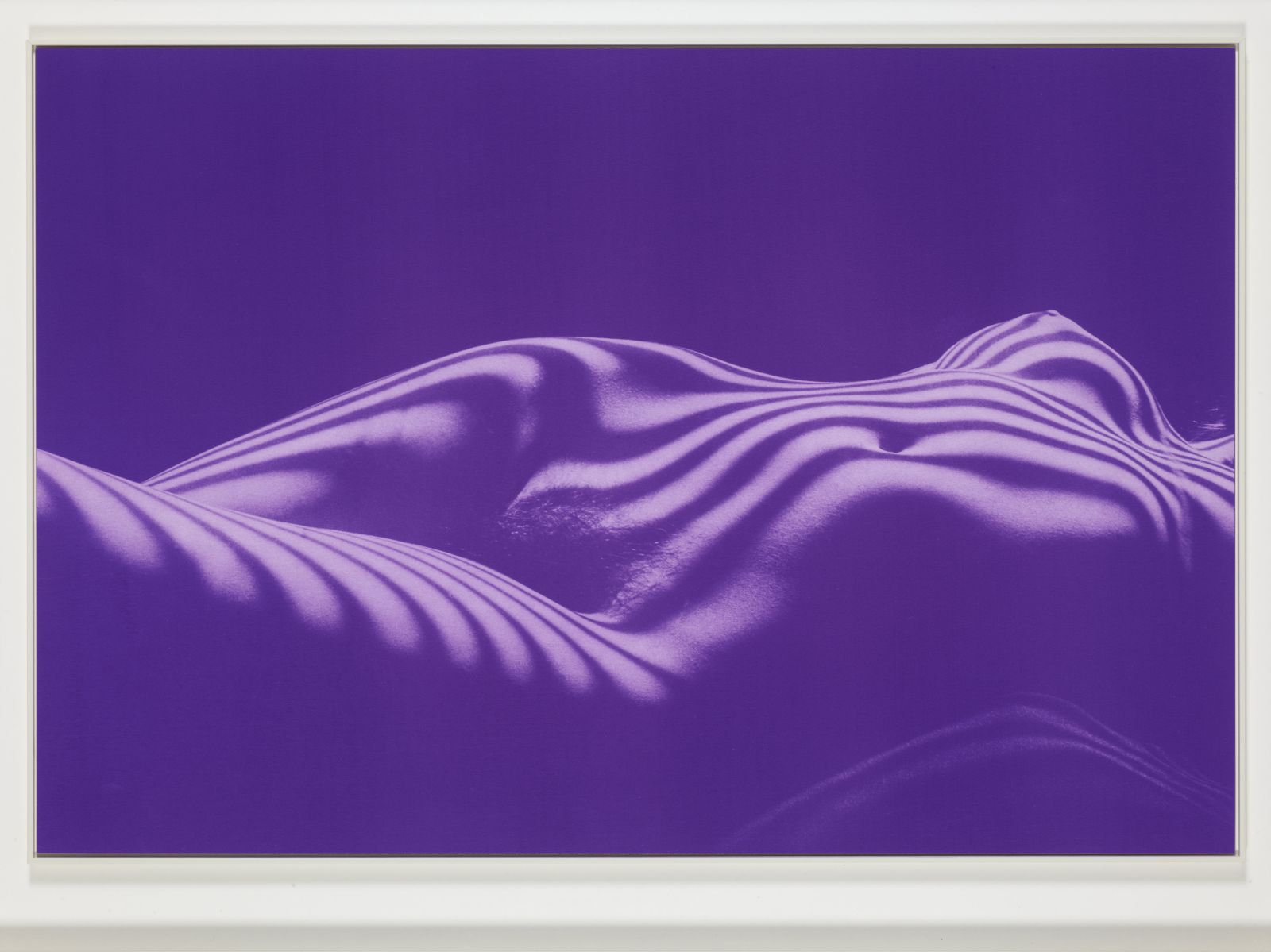
Lucien Clergue
Nu zébré
Tirage Fresson (Mauve), 2013
83 x 56 cm
Signé et numéroté
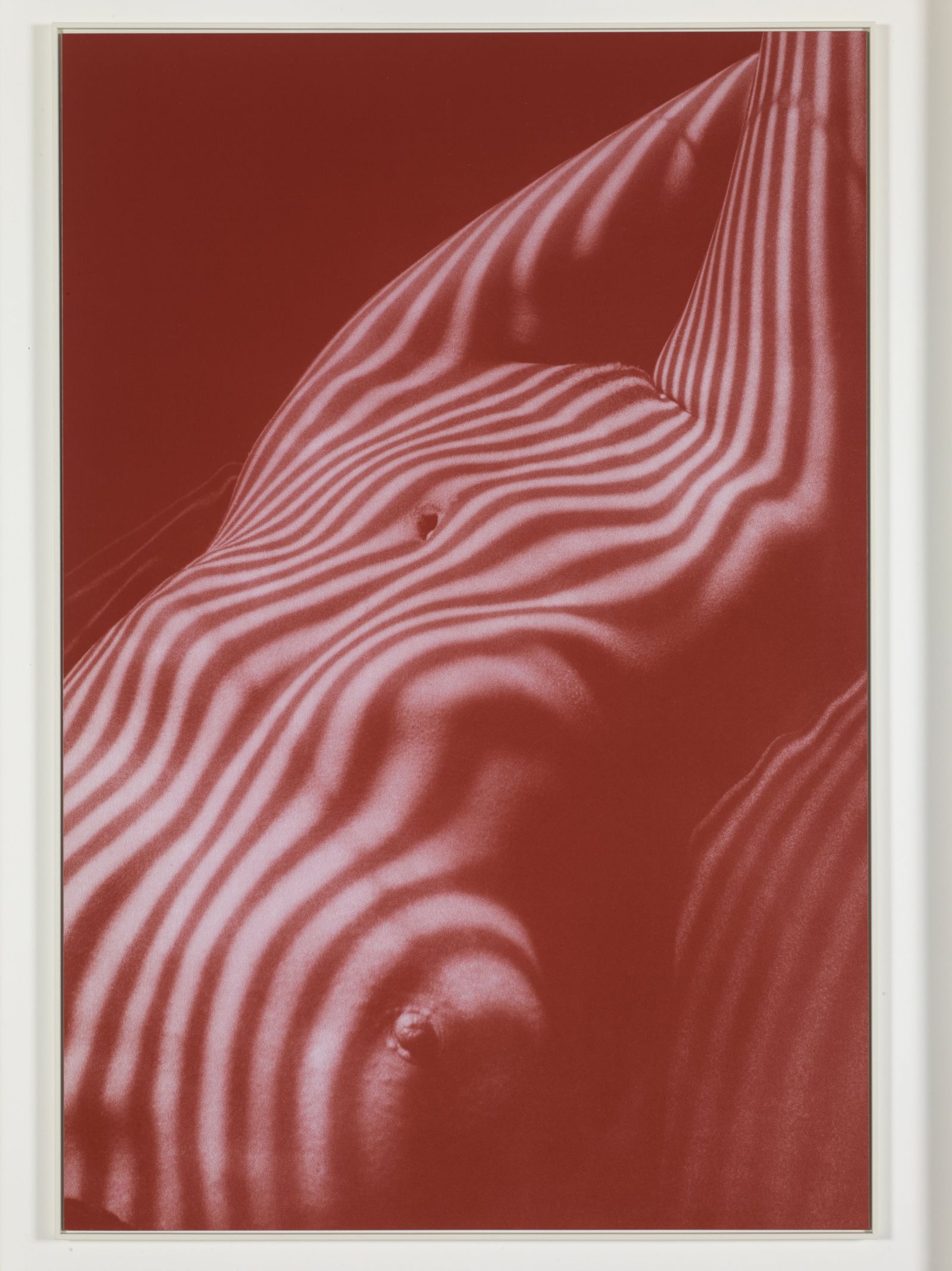
Lucien Clergue
Nu zébré
Tirage Fresson (rouge), 2013
83 x 56 cm
Signé et numéroté
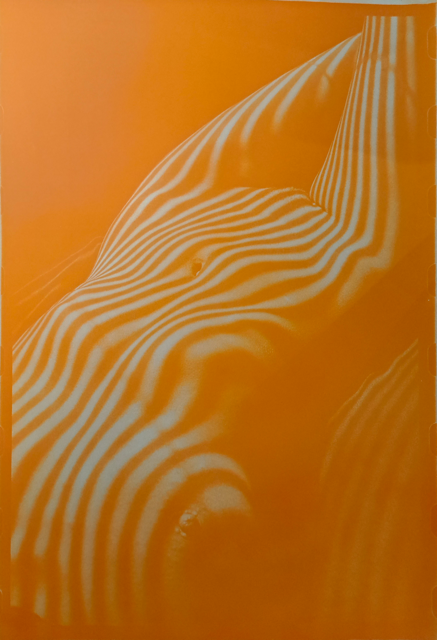
Lucien Clergue
Nu zébré
Tirage Fresson (jaune), 2013
83 x 56 cm
Signé et numéroté

Lucien Clergue
Deux Nus Zébrés, NY 2005
Tirage gélatino-argentique annoté au dos par l'artiste
40 x 30 cm
Réf : 05057/05
Tirage de 30 + 4 EA

Lucien Clergue
Vignes inondées, Camargue 1960
Tirage gélatino-argentique annoté au dos par l'artiste
40 x 30 cm
Réf. 2329
Signé et numéroté
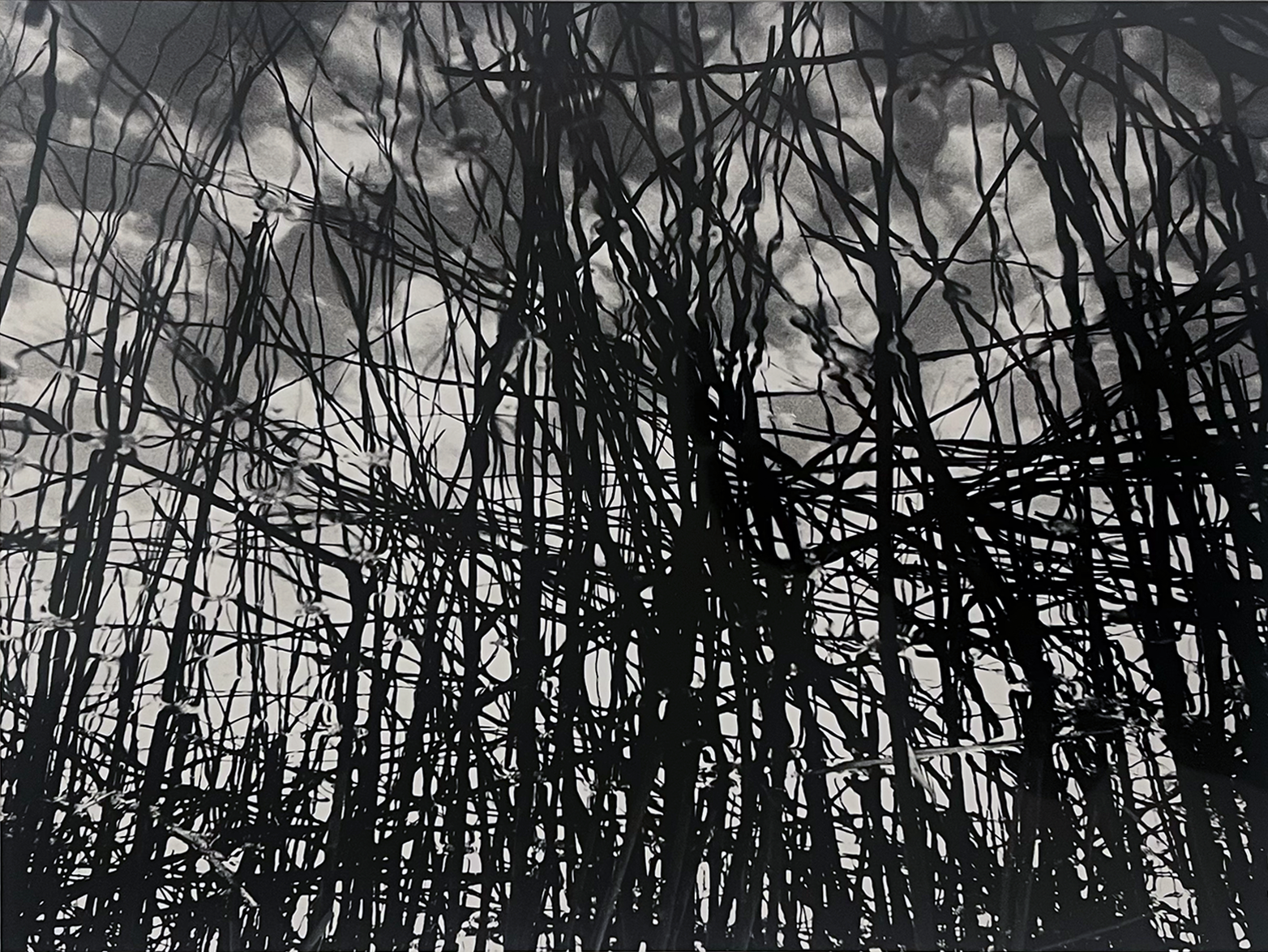
Lucien Clergue
Marais d'Arles, Roseaux, Camargue 1960
Tirage gélatino-argentique annoté au dos par l'artiste
30 x 40 cm
Réf.1583
Exemplaire numéroté et cachet de
la signature au dos
Some of the works depicted are no longer available.
Biography
Through photography, he seeks correspondences with the world of painters and poets he loves and with whom he becomes friends. Max Ernst was the first buyer of his photos of Carrion.
Lucien Clergue's gaze has been sharpened by life's trials since his adolescence. Like Orpheus rising from the underworld, Lucien Clergue first tamed death before celebrating life. From the 1950s onwards, he recorded the scars of war present in his hometown through photographs of ruins. The gypsies he met and with whom he shared his love of music and the bullfighting scenes he regularly attended nourished the myths born from his poetic and tragic gaze. Through photography, he sought correspondences with the world of painters and poets he loved and with whom he became friends. Max Ernst was the first buyer of his photos of Carrions. In 1955, he created his first major work, "Les Saltimbanques" inspired by Alain Fournier's novel "Le Grand-Meaulnes", Picasso's rose period and Fernand Léger's "Grande Parade", in which children are staged dressed as harlequins. The Harlequins shots led to the notion of photographic poetry as opposed to documentary photography. It was in this context that he became friends with Picasso, who, enthusiastic about his work, strongly encouraged him and became the model for a series of portraits that would become famous throughout the world. Clergue would say: "Driven by passion, by Picasso's words... I became a photographer." Picasso introduced Clergue to Jean Cocteau, with whom he formed a friendship until the latter's death in 1963. He became a set photographer on Cocteau's film "Le Testament d'Orphée" and illustrated with his photos "corps mémoire" a collection of poems by Paul Eluard for which Cocteau wrote the preface and Picasso designed the cover.
In 1990 Clergue begins the "Surimpressions", a series of photos that superimposes on the same film shots of nudes with shots of classical paintings that he photographs on the walls of museums around the world. This series celebrated by the writer Arrabal elevates the profane to the rank of sacred and makes its subjects correspond to the great myths of humanity. The border between painting and photography is abolished by paying a final tribute to Art. In 2007, he was elected to the Academy of Fine Arts. Since then, he has been one of the first photographers, along with Yann Artus Bertrand, to sit at the Academy.
